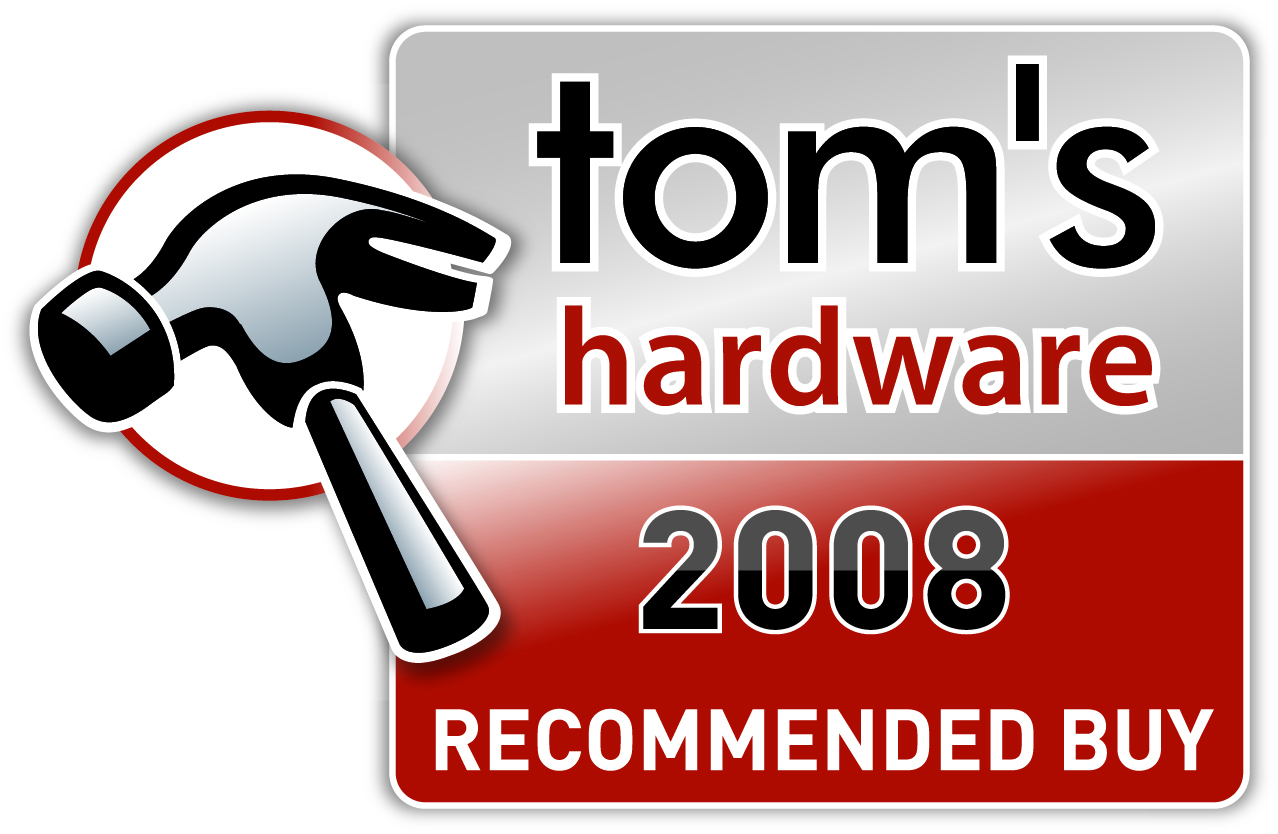Going For 4GB: DDR2-1066 Kit Round-Up
Conclusion
Let’s summarize what we’ve seen. While DDR2 memory kits based on 1 GB DIMMs exceeded the 600 MHz line (DDR2-1200) many months ago, 2 GB modules are still on their way there. Consequently, all of the products in this roundup are based on selected memory chips and increased voltage levels, so they can reach speeds beyond DDR2-1066. Crucial, Geil, Kingston and Mushkin stick to this limit, which is also referred to as PC2-8500 (8.5 GB/s per 32-bit module at an effective 1066 MHz speed), while Corsair, OCZ and Walton Chaintech specify PC2-9136, PC2-9200 and PC2-9600 speeds (equal to DDR2-1142, DDR2-1150 and DDR2-1200 respectively). The product from Walton Chaintech really has issues, as it did not reach the specified speed. Corsair and OCZ both have solid enthusiast products.
None of the products have overclocking margins that could reach even a mere 7%. Customers will have to run their enthusiast memory at increased voltages, which we found caused the total power consumption level of our P45-based Core 2 Duo E8500 system to increase by up to 6.3%, depending on the memory product, and using Crucial’s 1.8 V JEDEC-compliant memory as a basis—without giving you any performance advantage at all.
The Crucial memory also isn’t our product of choice though, as its $200+ price tag is way too much for a standard memory product, even though Crucial certainly is known as diligent when it comes to compatibility. The two premium enthusiast brands once again provide superb hardware ; OCZ even did so with a dual-path liquid cooling design for its Flex II XLC DIMMs, but you have to be aware that both come at a price premium to match. Depending on where you look, you’ll have to fork out $200 or more.
That leaves Walton Chaintech, which disqualified itself by not reaching what the specifications promise, Kingston and Mushkin. And it’s these last two brands that went through our testing without reaching remarkable records, but also without failing on us in any category. Power consumption and operating voltage were in line with our expectations, especially for Mushkin. Overclocking margins were small, but we guess almost everyone agrees when we say that there is not much more you can do today, and that the difference is small. Finally, their price tags of $150 turn these two products into the most attractive memory kits for upgraders or anyone else who is about to assemble a reasonable desktop PC with 4 GB of main memory.
The Recommended Buy award goes to the Kingston HyperX KHX8500D2K2/4G and Mushkin’s Ascent XP2-8500.
Get Tom's Hardware's best news and in-depth reviews, straight to your inbox.
